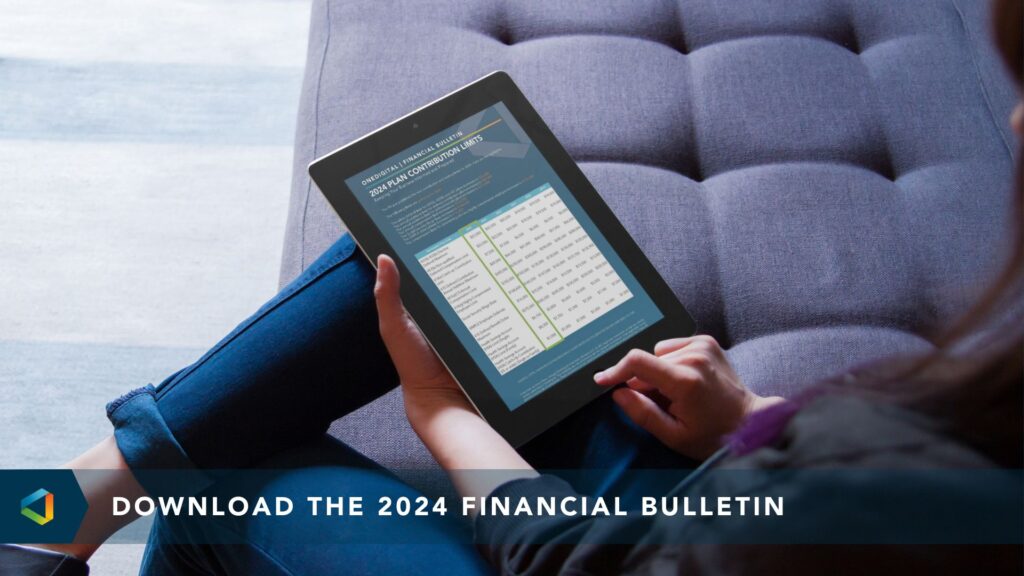Ever heard someone in your company say: “Let’s drop our group health insurance and send everyone to the government exchange?”
On the surface, that idea makes sense because the company saves money, employees get choices, and the employer is no longer responsible for making decisions on the right deductible, copays and hospital network(s). However, implementation of this solution is problematic due to tax consequences, small provider networks, recruitment/retention issues, and the potential of significant cost shifting to employees. Additionally, companies with 50+ employees must consider the taxable penalty that applies for failure to offer coverage.
So….what is a business to do when faced with a significant premium increase?
A big buzzword in benefits today is “defined contribution" (DC). The DC model appeals to businesses because it allows a company to control cost, provide employees with choices, offer tax favorable benefits, and manage burdensome compliance/administrative responsibilities.
DC models have existed for years–however some platforms are better than others. A few things to consider when moving to a DC model:
- Employer & Employee Cost - What is the long term strategy to controlling cost? What pricing differentials are available to employees?
- Number and Type of Plans - Too many choices can be overwhelming, but too few choices can be frustrating. Finding the right mix is critical.
- Administrative & Compliance Support - Does the technology link to payroll? What reporting is available? How does the system adapt to the different compliance laws applicable to different group sizes?
- Employee Decision Support Tools - What tools and resources are available to employees 24/7?
- Products and Services - What's in the benefits "store"? What additional services are available to employees?
- Tax Implications - Pre-tax benefits are great, but not always applicable. How does the system accommodate to pre and post-tax deductions?
At the end of the day, insurance cost is on the rise and everyone is looking for tools to manage cost. Just like when 401k plans (i.e. a DC model for retirement plans) took off in the 1980’s, the same shift is happening with health insurance. Employers promise X, set basic rules on how $ can be spent, and employees can leave it on the table, or determine the best way to spend it.
Probably the most important (yet often forgotten) tip: Develop a Plan
Don't wait until the 90 day window before your renewal to start thinking about how to handle the next open enrollment. A DC is a positive move, but it is a bit of a paradigm shift in thinking as it's a new way of allocating dollars and communicating benefits. If you're considering this change, a few hours of strategic planning 9-10 months before the renewal could result in increased employee satisfaction, a smoother implementation, more effective on-boarding and off-boarding efficiencies and even more comprehensive compliance strategies.




